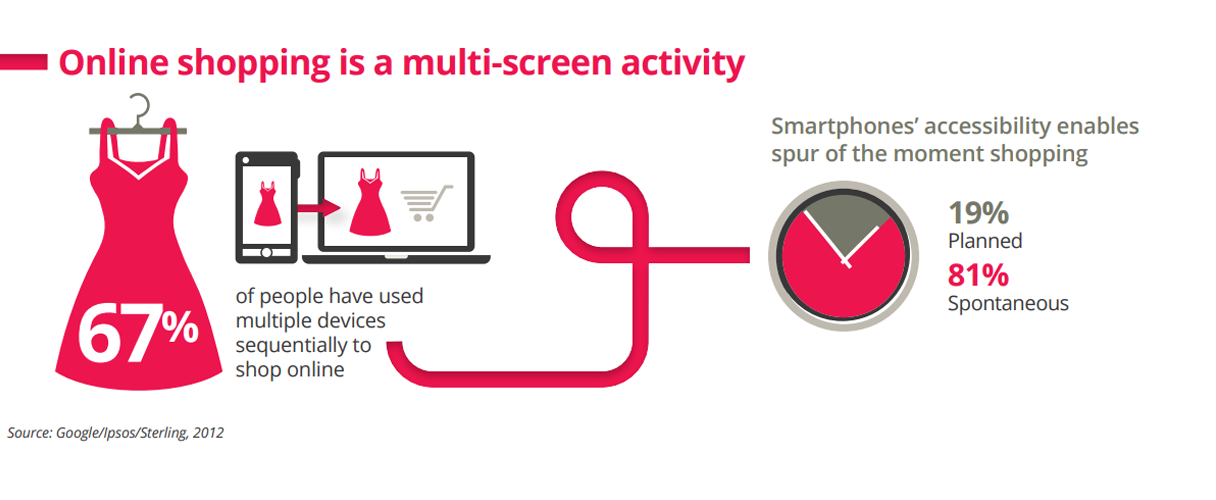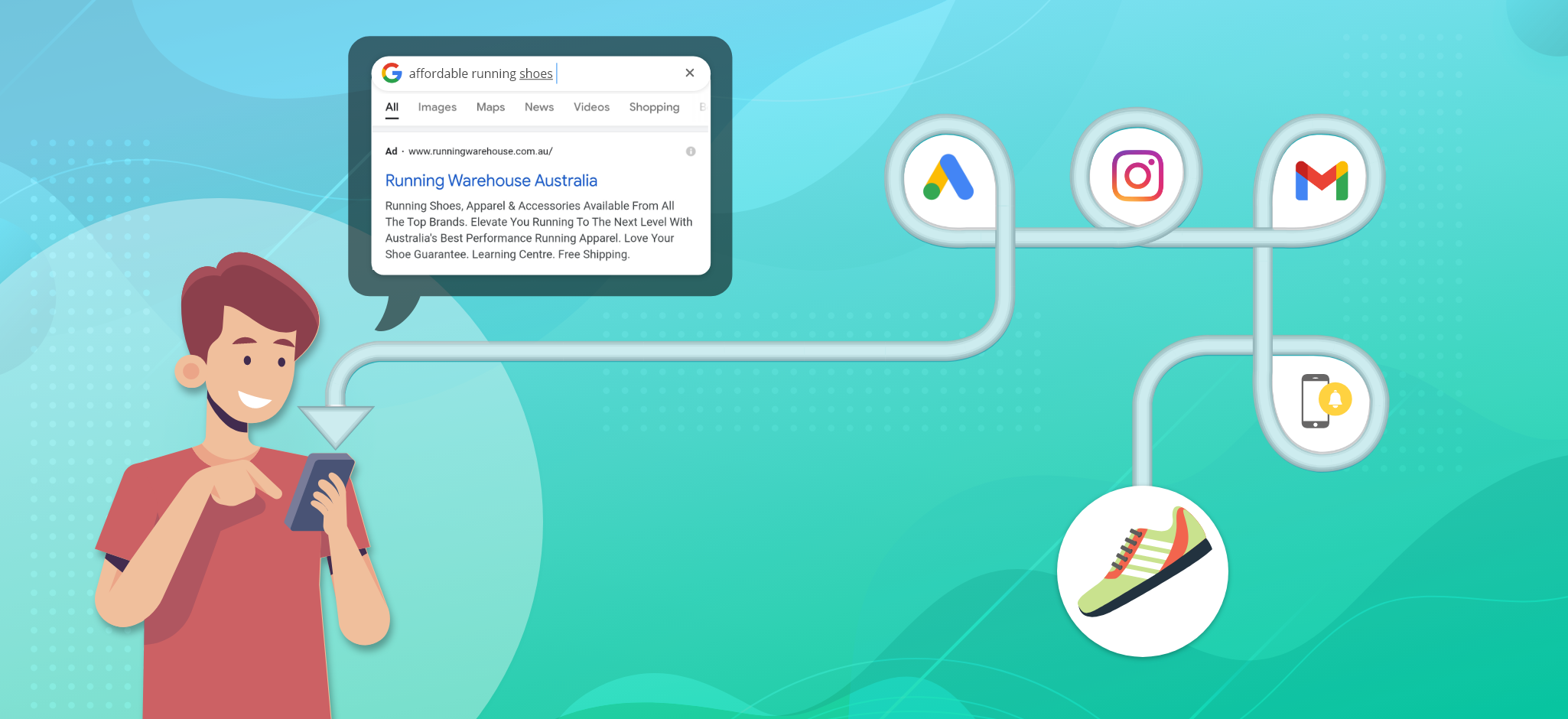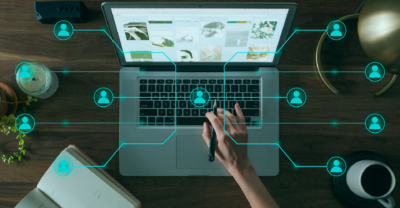How to offer personalised omnichannel marketing experience for better customer retention
The average person in 2020 was exposed to more than 5,000-6,000 ads per day. This has led 30% of the online population using some form of ad blocker software. It seems that the only time we are not presented with marketing and branding is during our sleep. Once you look at this from a marketer’s perspective, how can marketers find leads, convert and retain customers? Answers to this question have come a long way from Johannes Gutenberg’s print media to Mark Zuckerberg’s social media and it keeps changing rapidly. The common answer to this question is Omnichannel marketing and that’s what we are going to talk about. Let’s talk about what and how to implement an omnichannel marketing strategy and why you should act on it today to stay relevant in the future of marketing.
What’s Omnichannel marketing?
Omnichannel marketing is the use of a cross-platform communication strategy to interact and impress your customers despite when, where and how they interact with your brand. It’s important to understand that Omnichannel is much more advanced than using multiple channels for advertising. You have to make sure that the customer experience is frictionless via any channel and that they experience this seamless experience throughout their customer journey, not just when they engage with your advertisement. let’s break it down.
Even though consumers don’t like ads in general, they want bands to reach out to them with some understanding of their expectations. The expectations of a good brand have changed to a level where consumers demand marketers to know the products that they care about and to recognise the buying patterns and offer them what’s relevant. To have this understanding of what customers want and offer a personalised experience is the challenge that modern marketers face. Having an omnichannel marketing strategy in place will offer you the luxury by offering this personalised experience.
Anticipating shoppers and their needs and desires sound easy when it comes to an in-person shopping experience. But when your physical store is growing and when you have to rely on a sales staff, every staff member wouldn’t have the same intellectual capabilities to understand the customer and specially to remember their past behaviours. And the line between online shopping and in store purchases doesn’t exist anymore. When shoppers make a purchase decision, they move across multiple channels before making that decision. As an example -they would search for the product on their office computer, find the closest store, visit the shop on their way home, talk to their spouse about it that night and buy it online from their mobile device to collect it on their way home on the next day. This is how the modern day retail process sounds like and if anyone is to succeed, they have to understand the multiple points of engagement, observe the frictions and make the experience frictionless.
When deciding an omnichannel marketing strategy, it needs to align with the above behaviour of shoppers. You must have the infrastructure in place to reach out via the touch points they interact most. Your digital presence is a must in this regard. According to the shopper research 2019 by GE Capital, 81% of shoppers start their decision process of buying a product with an online search. And according to Google, 60% of their search traffic comes from mobile devices. So, having a mobile first digital presence is the first step towards a modern omnichannel strategy.

Having multiple channels itself doesn’t make the customer experience seamless and frictionless. Integrating those channels is important. Integrating all of them into a single backend will eliminate most of the flows of bad customer experiences. This integration also needs to be aligned with the purchase process we discussed earlier. Imagine a situation where a customer searched for a product on your website and visited your physical store to buy it and the product is not available, you most likely would have lost that lead forever. Even though you ship your online purchases directly from your warehouse and the website reflects warehouse inventory. You haven’t done anything wrong here except for not understanding customer behaviour. Your website must showcase both the online availability and in store availability, and your website should integrate with both warehouse inventory data and the in store POS system. This is what it means to be seamless and the customers expect you to understand this.
Let’s think about an omni channel integration from a marketing perspective. Let’s say you are an apparel store and introducing a new beach wear collection to the market. You decide social media as the primary channel to run your marketing campaign. You name it as “sand and sun” and the campaign went viral. Let’s say a customer sees your product as an Instagram story ad but her natural impulses skip the ad without clicking it. Later on that day she feels like finding what she saw and all she could recall is that catchy tagline”sand and sun”. Instead of doing a hashtag search on Instagram, she opens her browser and searches for it.If you haven’t optimised your website for this particular keyword, she will have a hard time finding you or won’t find you at all. Even if she finds your website, but you haven’t given enough priority to the product that she was searching for, that will result in a lost opportunity as well.
When talking about omnichannel integration, it’s important to understand that the channels are endless. Understanding what’s most impactful to your organisation will be challenging. Using a bottom-up approach to understand the market segments and how they interact with your brand will help you to instigate and test new channels that are relevant. For example, if your target market is youth and the product is fashion and apparel, integrating payment methods like ZipPay and Afterpay to your omnichannel strategy can improve conversions. There is no single strategy that you can rely on forever. You need to keep testing to offer something better all the time.
Since we have an understanding about the omnichannel marketing strategy, let’s talk about omnichannel personalisation and the future of marketing. When interacting with brands, consumers demand a personalised experience, and this becomes more and more possible when you interact with them via multiple channels. From a cost perspective, this sounds expensive, but in the world of digital, a transaction doesn’t necessarily mean costs. It’s a transformation of value and that value can simply be a social media like or a newsletter subscription. Converting that value into a loyal customer might take time, and the best way to do that is through a personalised experience.
When talking about a personalised experience, you need to segment your market into categories and understand the best way to reach each of those segments. But the level of personalisation that the customer expects is more than this. Let’s say you sell animal food and someone likes your Facebook page and they also view your website by clicking on the link on your page. He initially didn’t make a purchase, but because of the fact that he liked your page and accepted your website’s cookie policy, now you get to present him with targeted advertisements. Let’s assume he is a dog lover and this is reflected on his FB profile and browsing history, showing him offers and coupons for cat food not going to work. However, when he visits your website next time, if the landing page is personalised for a dog lover, that’s likely to make him say yes to your products.
Industry giants put together the knowledge of cognitive marketing and historical customer data with machine learning to offer a great level of personalisation. At the moment, Adobe experience platform is the most effective tool when it comes to personalising experiences. It operates with 2 artificial intelligence engines that are interconnected. The first AI is an analytical brain that saves and processes a huge amount of analytical data and the second brain offers real-time customer profiling. The end result is a real time, personalised experience that costumes say yes to. This may not be affordable for you at the moment, but having an omnichannel strategy laid out today to capture and store data is the key towards such a personalisation in future. Plus, this gives you the opportunity to predict and model the customer behaviour and invent new products for the market.
The future of marketing is ever changing. It seems that cognitive marketing has figured out the buying button in our brain and the ways and means of triggering it. We are moving towards a future where brands will be offering a hyper-personalised experience. If you are still thinking about going online with your brand, it’s time to act.



